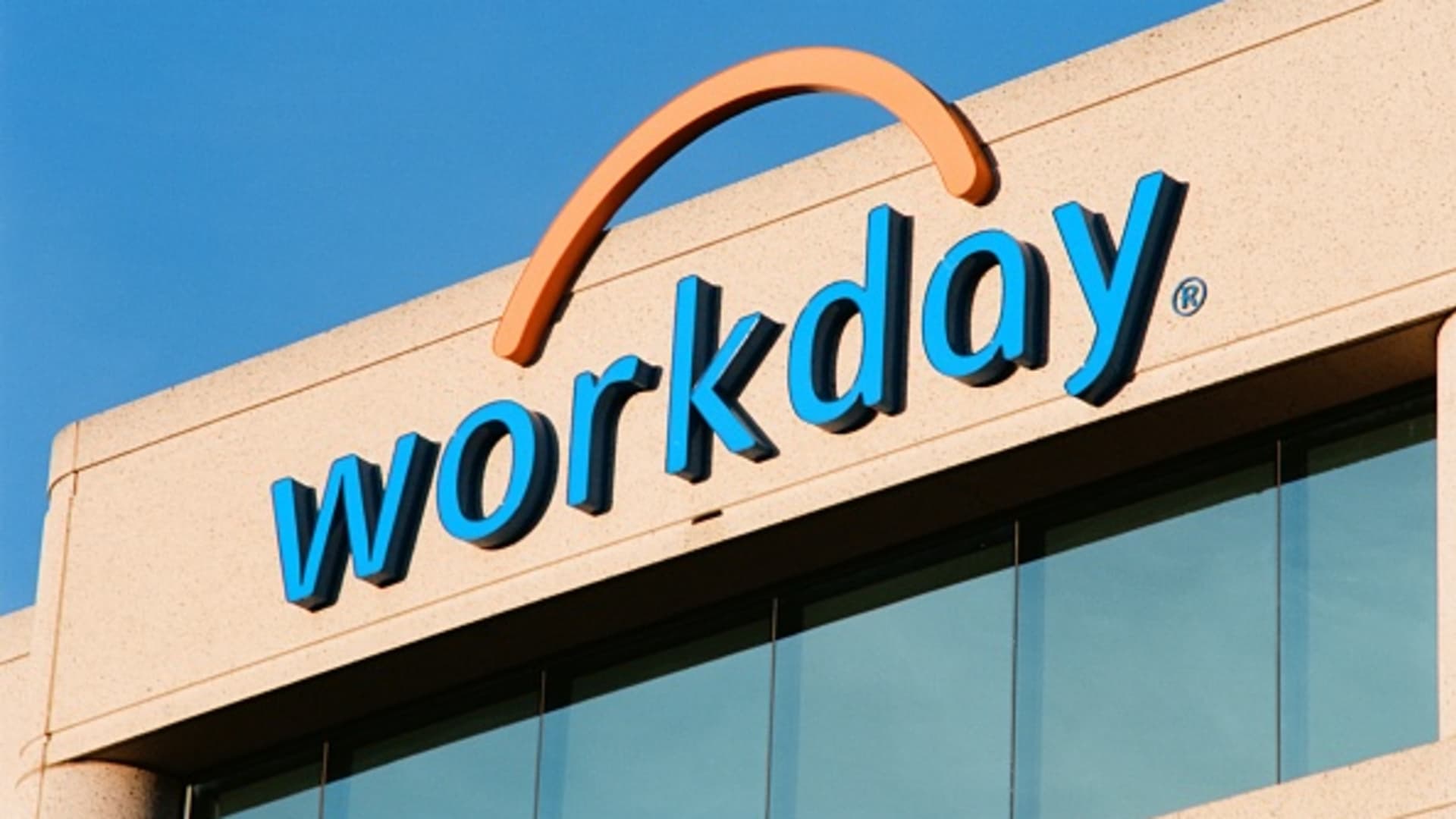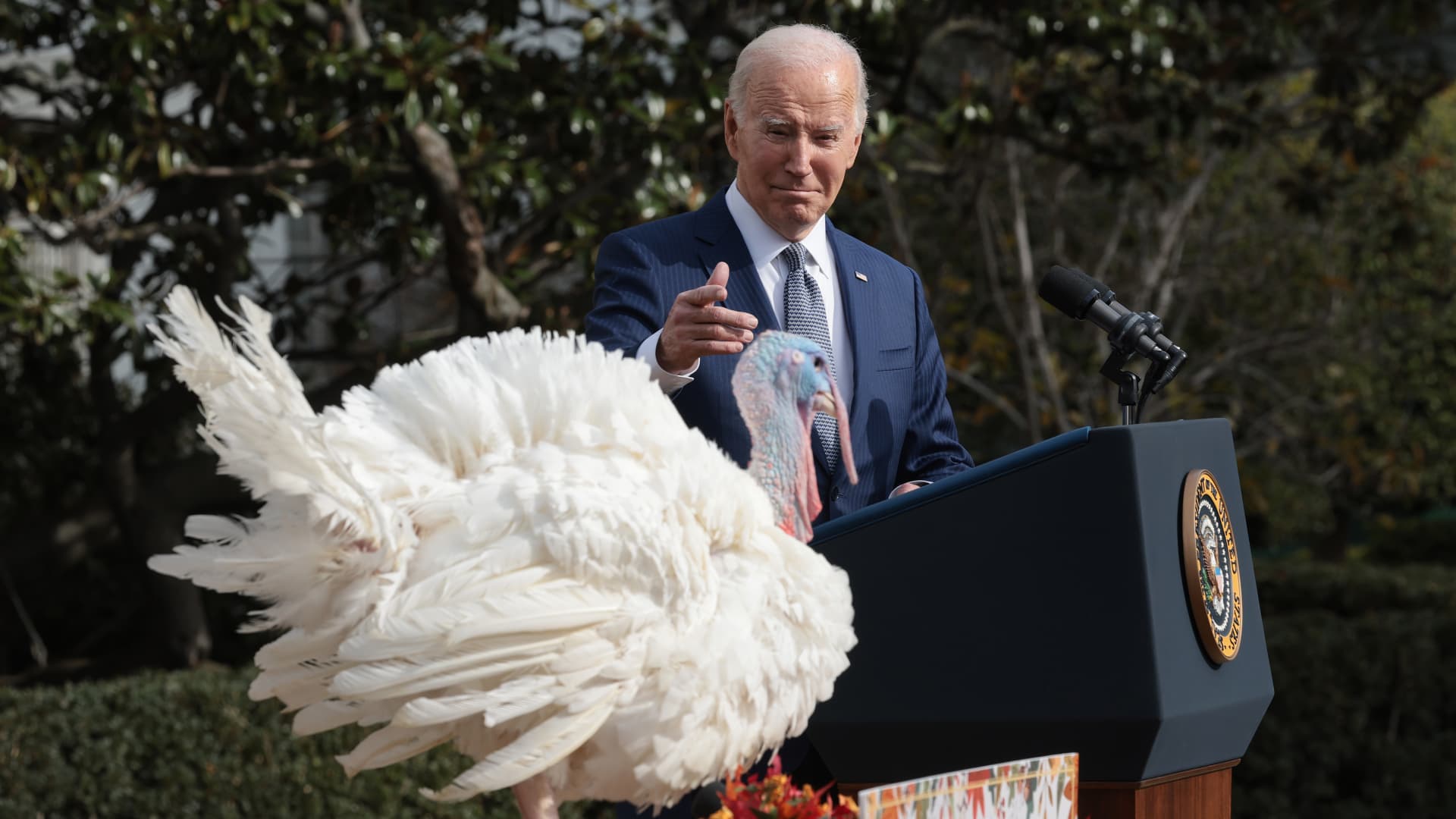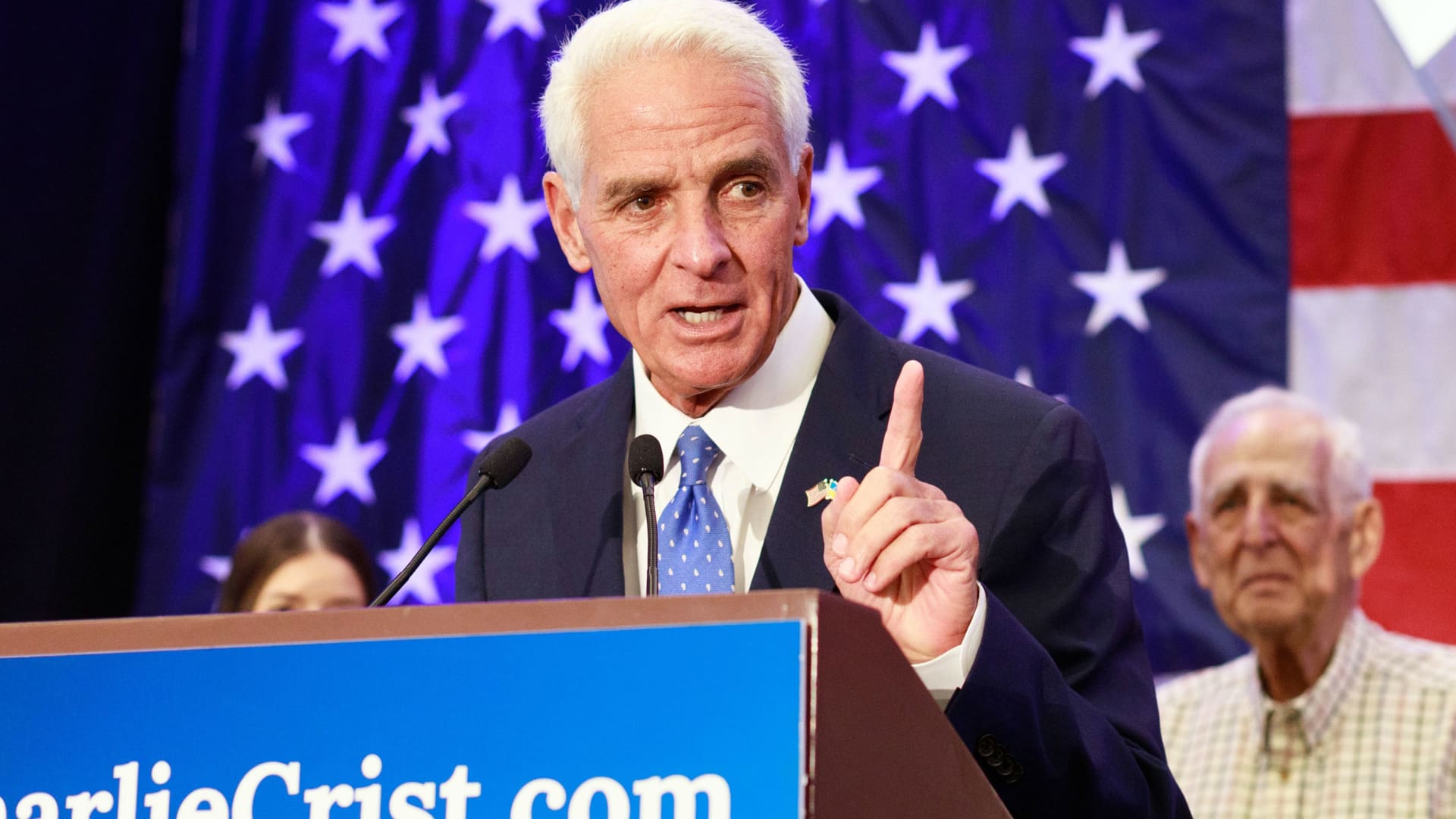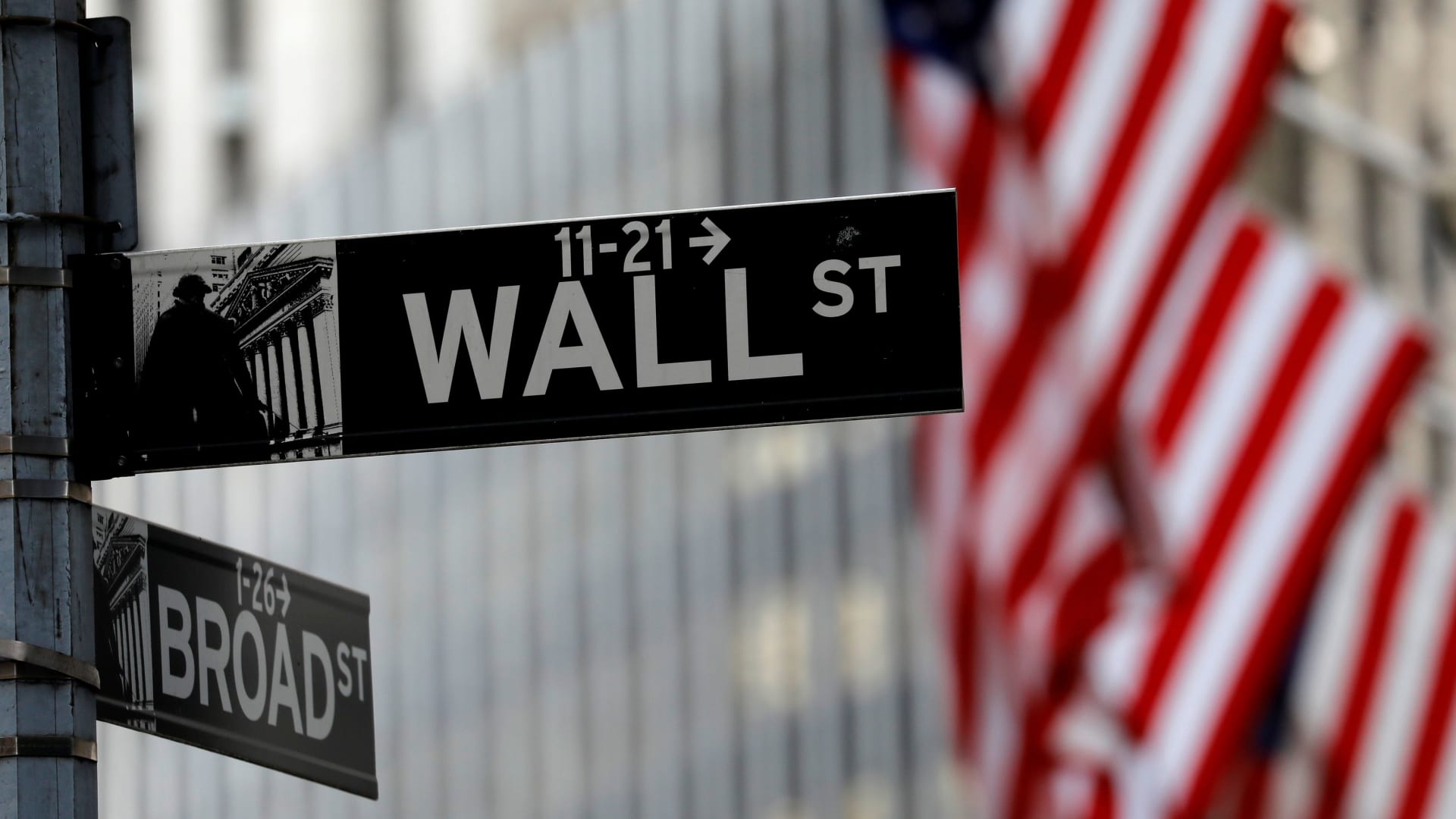Here are some options for student loan borrowers struggling to make their payments


Many student loan borrowers are struggling to resume their payments.
When the bills restarted after a more than three-year-long reprieve, just 60% of people with federal education loans had made a payment by mid-November, U.S. Department of Education data shows.
“The fact that so few borrowers have been able to make a payment is unfortunately unsurprising,” said Persis Yu, deputy executive director at the Student Borrower Protection Center. “[People] were struggling to make payments before the pandemic.”
Outstanding education debt in the U.S. has surpassed $1.7 trillion. In fact, education debt burdens Americans more than credit card or auto debt. The average loan balance at graduation has tripled since the 1990s, to $30,000 from $10,000. Around 7% of student loan borrowers owe more than $100,000.
To help cushion the blow of resuming payments, the Biden administration is implementing a 12-month “on ramp” to repayment, during which borrowers are shielded from the worst consequences of falling behind. President Joe Biden also said his administration is still trying to figure out a way to cancel student debt after the Supreme Court struck down its first plan.
Here are the other options for borrowers unable to pay their bills.
1. Deferments
Struggling borrowers should first see if they qualify for a deferment, experts say. That’s because their loans may not accrue interest under that option, whereas they almost always do in a forbearance.
If you’re unemployed when student loan payments resume, you can request an unemployment deferment with your servicer. If you’re dealing with another financial challenge, meanwhile, you may be eligible for an economic hardship deferment.
Those who qualify for a hardship deferment include people receiving certain types of federal or state aid and anyone volunteering in the Peace Corps, said higher education expert Mark Kantrowitz.
More from Personal Finance:
IRS unveils disclosure program for businesses duped by pandemic-era tax credit
3 year-end investment tax tips from top-ranked financial advisors
IRS waives $1 billion in penalties. Who qualifies and how much taxpayers may get
With both a hardship and an unemployment deferment, interest generally doesn’t accrue on undergraduate subsidized loans. Other loans, however, will rack up interest.
The maximum amount of time you can use an unemployment or hardship deferment is usually three years, per type.
Other, lesser-known deferments include the graduate fellowship deferment, the military service and post-active duty deferment, and the cancer treatment deferment.
2. Forbearances
Student loan borrowers who don’t qualify for a deferment may request a forbearance.
Under this option, borrowers can keep their loans on hold for as long as three years. However, because interest accrues during the forbearance period, borrowers can be hit with a larger bill when it ends.
Kantrowitz provided an example: A $30,000 student loan with a 5% interest rate would increase by $1,500 a year under a forbearance.
If a borrower uses a forbearance, he recommends they at least try to keep up with their interest payments during the pause to prevent their debt from increasing.
“A deferment or forbearance should be a last resort, but they are better than defaulting on the loans,” Kantrowitz said.
Betsy Mayotte, president of The Institute of Student Loan Advisors, a nonprofit, recommends borrowers only use a forbearance or deferment for a short-term hardship, including a sudden big medical expense or period of joblessness.
Borrowers are best off finding a payment plan they can afford, Mayotte said.
3. Income-driven repayment plans
Income-driven repayment plans can be a great option for borrowers who are worried they won’t be able to afford their bills, experts say.
Those plans cap your monthly payments at a percentage of your discretionary income and forgive any of your remaining debt after 20 or 25 years.
The Biden administration recently introduced a new repayment option under which borrowers could pay just 5% of their discretionary income toward their undergraduate student loans, with some people having a $0 monthly bill.
Some of the benefits of the Saving on a Valuable Education (SAVE) plan, however, won’t fully go into effect until the summer of 2024 because of the timeline of regulatory changes.
To determine how much your monthly bill would be under different plans, use one of the calculators at Studentaid.gov or Freestudentloanadvice.org.
Don’t miss these stories from CNBC PRO:
- Official Wall Street outlook: Here’s where strategists see the stock market going in 2024
- Here’s where to invest $50,000 heading into 2024, according to market pros
- Morgan Stanley prefers ‘boring’ non-AI tech stocks for 2024. Here are its top global picks
- Bank of America reveals its 4 top biotech picks for 2024 — and gives one 166% upside
- CD rates are dropping. Here’s where to find the highest payouts
This post has been syndicated from a third-party source. View the original article here.




